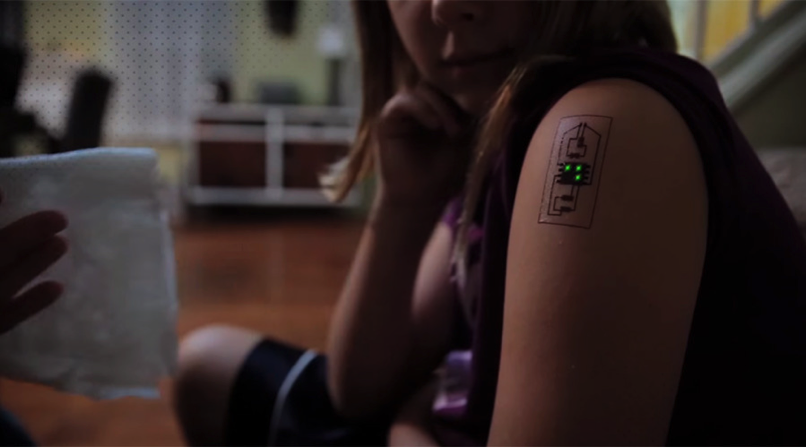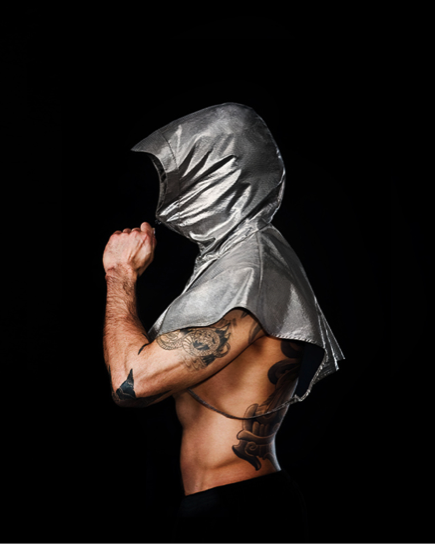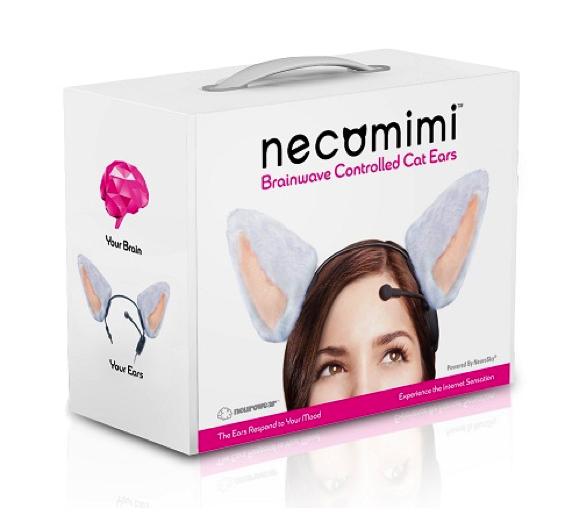By: Amanda Drum
Of all the smart-watches, VR headsets and other wearables in stores today, Silicon Valley and Silicon Beach entrepreneurs develop some better than others. Consumers tend to gravitate toward streamlined, “cool” gadgets, leaving anything too boxy, low-tech or “retro” to gather Kickstarter dust.
But what about those wearables too weird to ignore? You know the ones: fad-chasing contraptions created for intrigue more than any practical use—or so some of us believe. Here, we gathered our top “weird wearable” picks, made for white elephant parties and tech-averse distant relatives.
Belty

Photo courtesy: wearbelty.com
Belty wants you to believe it’s just an activity-tracking belt. Belty can trace your breathing patterns, monitor your steps and wake you from power naps. However, the company minimizes the belt’s most newsworthy capability—the belt expands and shrinks based on “granular” changes in your waistline, to accommodate occasional overeating. That’s right; the days of unbuckling your top button after too many slices of pumpkin pie are nearly over.
Aurora

Photo courtesy: iwinks.org/aurora
The nightmare prone would probably love to manipulate or completely shut down their dreams. Enter: Aurora, the sleep sensing, dream-controlling headband. Using a combination of light and sound therapy, Aurora shifts the sleeper’s immediate sensory conditions and helps to induce lucid dreams. In other words, the sleep deprived get to wear a large blinking, whirring helmet to bed. The creators state that using Aurora will let a wearer practice remembering and changing the course of their dreams. The cushioned band connects to an app that records sleep and dream stats.
Tech Tatts

Photo courtesy: www.rt.com
We knew it would happen eventually. Introducing, Tech Tatts: “biowearable” biometric tattoos that do more than light up in the dark. While summer festival-goers probably care more about the lights, the application itself nods to medical science. Beyond making easy conversation starters, Tech Tatts receive biometric data from the body—through heart rate, sweat and other factors—to better monitor health. The tattoo can also scan the outside air and detect harmful air pollutants, from smog to noxious gas. The creators already foresee the tattoo’s usefulness in military operations and other dangerous occupations.
Stealth Wear

Photo courtesy: ahprojects.com/projects/stealth-wear/

Photo courtesy: ahprojects.com/projects/stealth-wear/
Every action has an equal and opposite reaction. In this case, surveillance cameras and the threat of an Orwellian anti-privacy era spurred entrepreneurs to create Stealth Wear. It works as it sounds: Stealth Wear absorbs the light some black-and-white cameras use to see their subjects. The “hood,” “burqa” and “hijab” designs also trap heat from within and thwart heat-vision specs. Most recently, the company produced an “anti-drone” line intended to block aerial footage. Naturally, customers will only buy these hoods for the good of themselves and others, with no ulterior motives whatsoever.
Necomimi

Photo courtesy: necomimi.com
Because, of course they did. Necomimi used cutting edge neuroscience to produce an automotive cat ear headband. The brand name “Necomimi” derives from the Japanese neko for “cat,” or sometimes “cat-human,” and mimi for “ear.” The forehead piece attached to the headband measures neurons that fire electrical pulses from the brain. These pulses then tell the motored cat ears to turn, wiggle, tense up or droop down, depending on the type of signal. The science is sound and everyone knows at least one cat person who would use this gadget around the clock—and look kawaii in the process.
Weird wearables share a common thread with marketable tech today: they take advantage of cutting-edge experimental science to produce a product. The results, however, demonstrate that innovators and idealists come from all walks of life. After all, some ask themselves: why buy a VR headset when you could watch someone unwrap robotic cat ears?